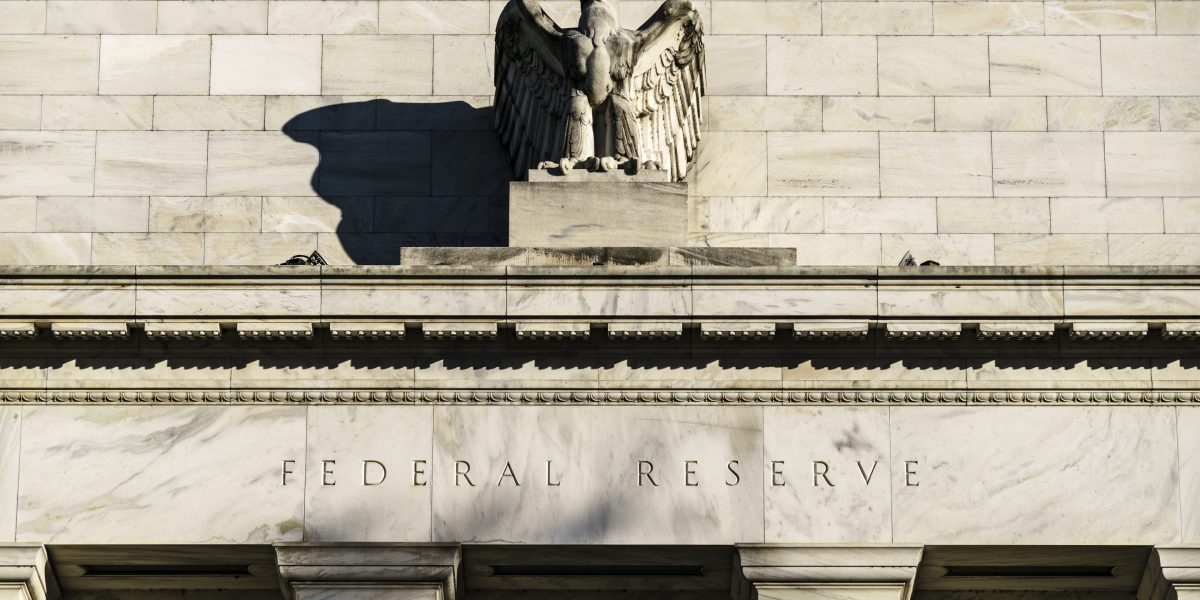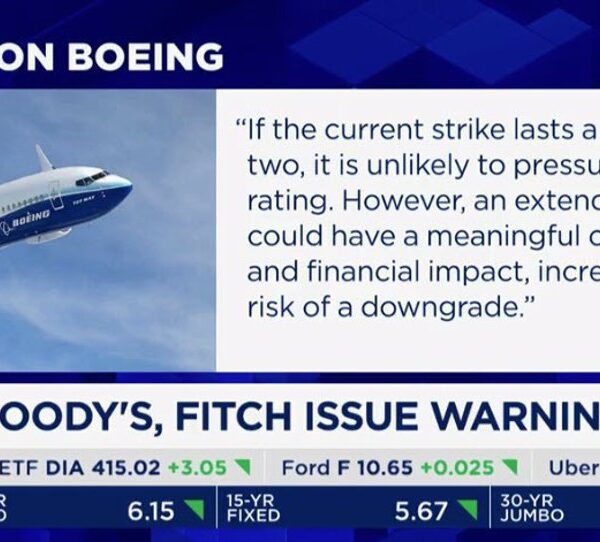

Two years after launching an aggressive fight against inflation and one year after leaving its benchmark interest rate at a near-quarter-century high, the Federal Reserve is expected to signal this week that it will likely reduce borrowing costs as soon as September.
A rate reduction this fall — the first since the pandemic — would amount to a momentous shift and a potential boost to the economy. Fed rate cuts, over time, typically lower borrowing costs for such things as mortgages, auto loans and credit cards.
A single cut in the Fed’s key rate, now at roughly 5.3%, wouldn’t by itself make much difference to the economy. Financial markets widely expect it. Some borrowing costs have already dropped slightly in anticipation of the move. As a result, the main question for the central bank will be: How fast and how far will the policymakers ultimately cut rates?
It’s a question of keen interest to both major presidential candidates, too. Any signal that the Fed will rapidly cut rates could boost the economy and potentially lift Vice President Kamala Harris’ election prospects. Former President Donald Trump has argued that the Fed shouldn’t cut rates until its next meeting, in November, which will come two days after the election.
Futures markets have priced in a 64% likelihood that the Fed will cut rates three times this year, in September, November and December, according to CME FedWatch. As recently as last month, Fed officials had collectively forecast just one rate reduction in 2024 and four in 2025 and 2026, suggesting that they lean toward a more measured pace of cutting rates about once a quarter.
How the economy fares in the coming months will likely determine how quickly the Fed acts. Should growth remain solid and employers keep hiring, the Fed would prefer to take its time and cut rates slowly as inflation continues to decline.
“They want to be very gradual in how they pull back,” said Gennadiy Goldberg, head of US rates strategy at TD Securities. “But if the labor market actually looks like it’s slowing down,” Goldberg suggested, Fed officials might conclude that “they should be moving a little bit quicker than they otherwise would.”
There are signs that the labor market is cooling, as the Fed has intended. Job growth has averaged a decent but unspectacular 177,000 a month for the past three months, down from a red-hot three-month average of 275,000 a year ago.
It’s not yet clear whether that cooling reflects a return of the economy to a more sustainable, less inflationary, post-pandemic period of growth or whether the cooling will continue until the economy slides into a recession.
“That’s the million-dollar question at this point,” Goldberg said.
Chair Jerome Powell and other Fed officials have underscored that they’re paying nearly as much attention to the threat posed by a hiring slowdown as they are to inflation pressures. That shift in the Fed’s emphasis toward ensuring that the job market doesn’t weaken too much has likely boosted market expectations for a rate cut.
“Elevated inflation is not the only risk we face,” Powell said in congressional testimony earlier this month, after the most recent jobs report showed the unemployment rate ticking up for a third straight month to a still-low 4.1%. Yet Powell also characterized the job market and growth at that time as “strong.”
And on Thursday the government reported that the economy grew at a healthy 2.8% annual rate in the April-June quarter, though that figure followed a tepid 1.4% expansion in the first three months of the year.
“The economy looks pretty solid at the moment,” said William English, an economist at the Yale School of Management and a former senior Fed staffer. “I don’t think there are real signs now that something bad is going to happen.”
English, like many other observers, thinks Powell will provide a clearer picture of future rate moves at his annual speech in August during the Fed’s monetary policy conference in Jackson Hole, Wyoming. This week, though, the Fed may change the statement it issues after each meeting in ways that could hint that a rate cut is coming soon.
For example, the statement it released after its June meeting had read, “In recent months, there has been modest further progress toward the (Fed’s) 2% inflation objective.” When it issues its new statement on Wednesday, the Fed could drop “modest” or alter it in some other way to underscore that additional progress on inflation has been achieved.
In June, the Fed’s policymakers had forecast that year-over-year inflation would average 2.8% in the final three months of this year. On Friday, the government said that inflation has already fallen below that level, to 2.5% in June, according to the Fed’s preferred measure.
If inflation remains below the Fed’s year-end target, that could justify cutting borrowing rates more than the single reduction the policymakers forecast in June.
Still, even as price pressures cool, annual inflation may not fall much more this year — and could even rise a bit by the end of 2024. That’s because monthly inflation readings fell to very low levels in the second half of last year. So even low monthly figures in the coming months might not pull down year-over-year inflation.
Fed officials, though, are expected to focus much more on the three-month and six-month annualized inflation averages in the coming months. The three-month average of the Fed’s preferred inflation gauge, excluding the volatile food and energy categories, fell to just 2.3% in June.















